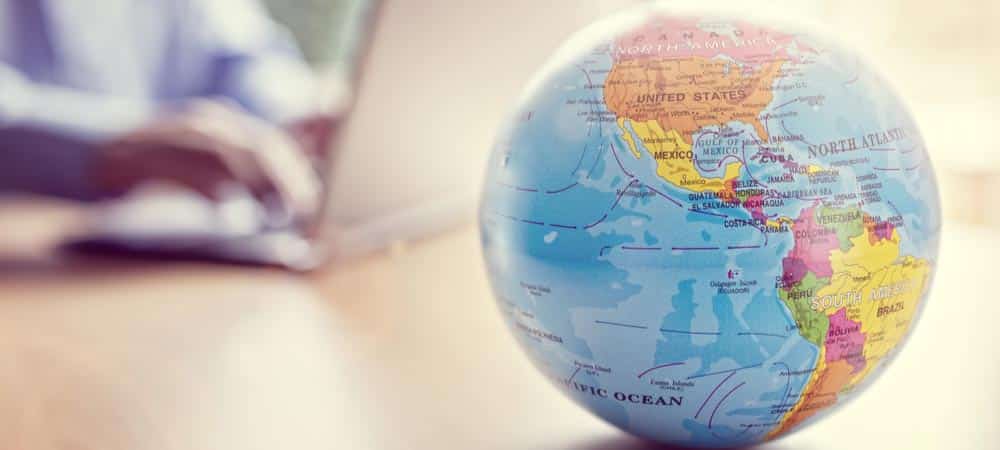What’s a globe? A spherical, simplified model of the world we live in. A globe is therefore a kind of duplication of our planet based on well-defined parameters. Digital transformation makes something similar possible: digital twins.
Following this line of thinking, the opportunity and the challenge of digital transformation are recreating patterns and models of the real world. These duplicated patterns and models can be used for evaluation, optimization and development of real processes. Recognizing and processing patterns are the main focus of digital twins.
This is nothing new for the technicians out there. The simulation of dynamic systems started long before sophisticated models were widely available. Powerful oscilloscopes got the job done almost as well – but of course, the process was all still riddled with manual labor back then. Today, oscilloscopes don’t have big, clunky tube screens anymore, but are digital as well.
Digital twins for everything, even SAP
A digital twin is a duplicate of the real world and usually simulates a dynamic process. Our complex society and economy require – or rather demand – the use of digital twins.
The next step of ERP optimization after S/4 has not yet been designed, but it’s not hard to imagine what it will be. It will leverage numerous tools and services like machine or deep learning, but the goal will always be a digital copy, a simplified model of the supply chain, of CRM or e-commerce.
Users will only be able to understand the difference between what ERP is and what it could or should be through duplicates and models. Digital twins of SAP’s ERP systems will show customers unknown patterns and new paths of optimization.
This means that the earlier metaphor holds true: like a globe teaches children about the planet we live on, digital twins teach technicians something about their systems. It will not be enough on its own, but a digital twin is a powerful starting point for any digitalization project.






















Add Comment